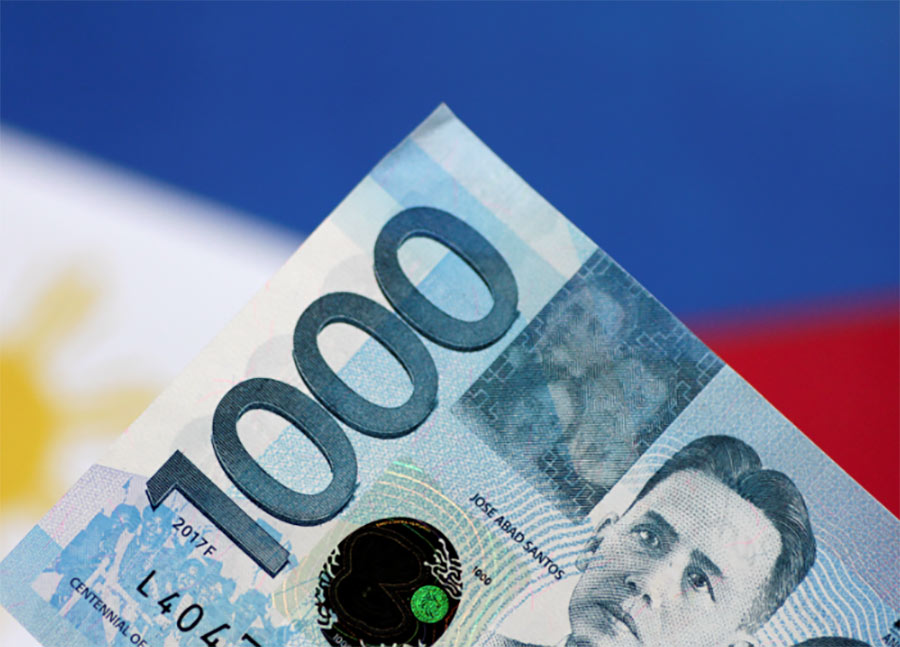The country’s overall balance of payments (BOP) position posted a surplus of $2 billion in May 2024, a reversal from the $439 million BOP deficit recorded in May 2023. The BOP surplus in May 2024 reflected inflows arising mainly from the National Government’s (NG) net foreign currency deposits with the Bangko Sentral ng Pilipinas (BSP), which include proceeds from its issuance of ROP Global Bonds, and net income from the BSP’s investments abroad.
Meanwhile, the BOP surplus in May brought the current year-to-date BOP level to $1.6 billion surplus, lower than the $2.9 billion surplus recorded in January-May 2023.
Based on preliminary data, this cumulative BOP surplus reflected mainly the narrowing trade in goods deficit alongside the continued net inflows from personal remittances, net foreign borrowings by the NG, foreign direct investments, foreign portfolio investments, and trade in services.
The BOP position reflects an increase in the final gross international reserves (GIR) level to $105.0 billion as of end-May from $102.6 billion as of end-April 2024. The latest GIR level represents a more than adequate external liquidity buffer equivalent to 7.7 months’ worth of imports of goods and payments of services and primary income. Moreover, it is also about 6.1 times the country’s short-term external debt based on original maturity and 3.8 times based on residual maturity.
For 2024, the overall BOP position is seen to register a relatively higher surplus than earlier expected, on the back of a lower current account deficit combined with higher non-resident investment inflows.
The lower current account shortfall is anchored on the narrowing of the merchandise trade gap as growth in goods imports is estimated to moderate due, in turn, to easing in import prices while the goods exports are expected to remain on a steady recovery pace.
Merchandise exports performance is propped up by the recovery in the semiconductor and electronics exports.
The recently ratified Regional Comprehensive Economic Partnership (RCEP) Agreement, which is seen to support greater market access for goods and services, reduced trade barriers, and improved export competitiveness from simplified and harmonized rules, likewise provides an additional boost to the trade sector outlook.
In addition, the sustained upbeat growth prospects for travel receipts and BPO revenues, consistent with the insights provided by export industry associations, continue to lend support to the current account along with steady remittance inflows from overseas Filipinos (OFs).
Meanwhile, both foreign direct investments (FDIs) and foreign portfolio investments (FPIs) are projected to yield higher net inflows following strong first quarter figures. The same is reinforced by the ongoing operationalization of the implementing rules and regulations of key investment reforms aimed at providing a more conducive business environment in the country. The ample level of international reserves lends solid support to the external sector prospects in 2024.
The Monetary Board last week approved the latest set of 2024 and 2025 balance of payments (BOP) projections which incorporates most recent data and developments.
The emerging external outlook for 2024 and 2025 is mainly shaped by expectations of steady global economic expansion, with broadly balanced set of risks to the global growth outlook, and resilient domestic demand for 2024 and 2025, supported in part by key structural reforms.
Global economic activity is seen to pick up at a slightly faster pace in 2024 than assumed in the previous projection round, mainly on account of the upward adjustment in the growth forecast for advanced economies attributed largely to the stronger-than-anticipated US GDP outturn in Q4 2023.
Meanwhile, the domestic economy is seen to sustain its growth momentum, domestic demand conditions for 2024 and 2025 are expected to gain a boost from the implementation of critical policy reforms aimed at enhancing existing and establishing new bilateral trade deals, pushing for increased digitalization of the economy, and moving towards full local government devolution, among others.




